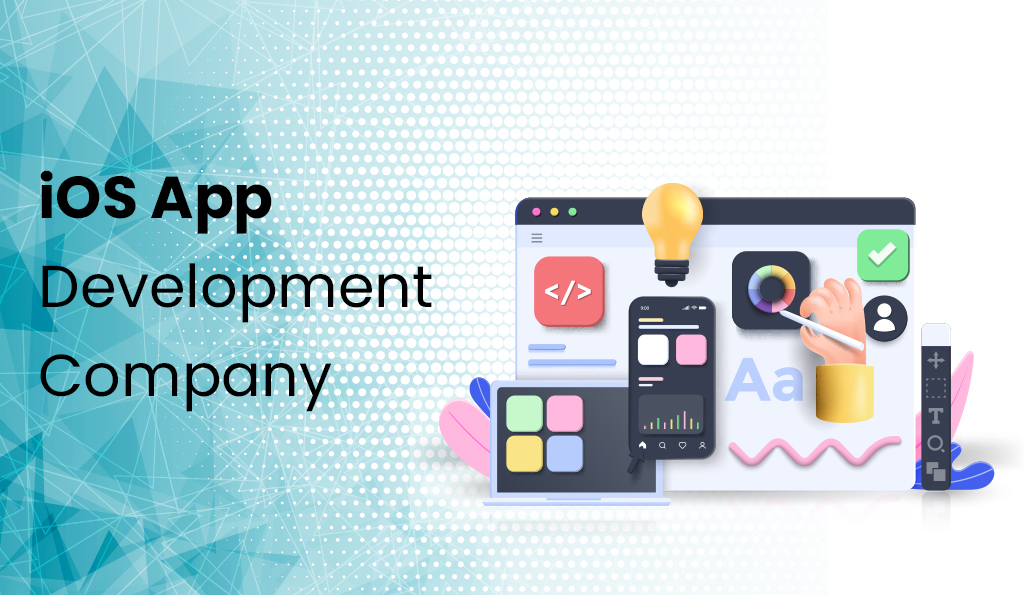Creating an iOS application for your business or project is an investment in your digital presence and customer engagement. The cost of iOS app development varies significantly based on several factors, including the app’s complexity, features, design, and the iOS app development company or services you choose to work with.
In this article, we’ll explore the key factors that influence the price of creating an iOS application and provide insights into budget considerations.
1. App Complexity
The complexity of your iOS app is a significant cost driver. Apps can be categorized into three general complexity levels:
- Simple Apps: These are essential apps with minimal features, straightforward user interfaces, and limited functionality. They are the least expensive to develop.
- Moderate Complexity Apps: These apps offer a more robust feature set of user interfaces and may require integration with external systems or databases.
- High Complexity Apps: These apps are feature-rich, often include advanced functionality, and may require complex integrations with multiple databases or third-party services. Developing high-complexity apps is the most expensive.
2. Design and User Interface (UI/UX)
The design and user interface of your iOS app are crucial for user engagement. Custom, visually appealing layouts and a smooth user experience come at a higher cost. A well-designed app often requires more time and expertise, contributing to the overall development cost.
3. Platform and Device Compatibility
iOS apps must be compatible with various iOS versions and devices, including iPhones, iPads, and possibly Apple Watch. Ensuring your app works seamlessly on different devices can increase development costs.
4. Integration with External Services
If your app requires integration with external services, databases, or APIs, this can add complexity and cost to the project. Integration with third-party services like payment gateways, social media platforms, or location services may require additional development efforts.
5. Maintenance and Updates
After your iOS app is launched, it will require ongoing maintenance and updates to stay current and secure. Budgeting for post-launch support, bug fixes, and updates is essential for the long-term success of your app.
6. iOS App Development Company or Services
The choice of an iOS app development company or services provider greatly influences the overall cost. Different companies offer various pricing models, such as hourly rates, fixed project fees, or retainer agreements. The rates can vary depending on the developer’s location and expertise.
7. Geographic Location
The location of your chosen iOS app development company or developers can significantly impact the cost. Developers in regions with a higher cost of living typically charge more for their services. Offshore development can offer cost savings, but it’s essential to ensure clear communication and quality control.
8. Additional Features and Enhancements
Adding extra features or functionalities, such as in-app purchases, geolocation services, or augmented reality, will naturally increase the cost. Carefully consider which elements are essential for your app’s success and budget accordingly.
Conclusion
The price of creating an iOS application varies widely depending on the factors mentioned above. While it’s possible to find affordable iOS app development services, it’s crucial to strike a balance between your budget and your app’s quality and functionality. Investing in a well-designed and user-friendly app can yield significant returns regarding brand recognition, customer engagement, and revenue.
To ensure a successful iOS app development project, consider working with a reputable iOS app development company or services provider. They can help you navigate the various cost factors, deliver a high-quality app, and provide ongoing support to keep your app up-to-date and competitive in the ever-evolving app market.

